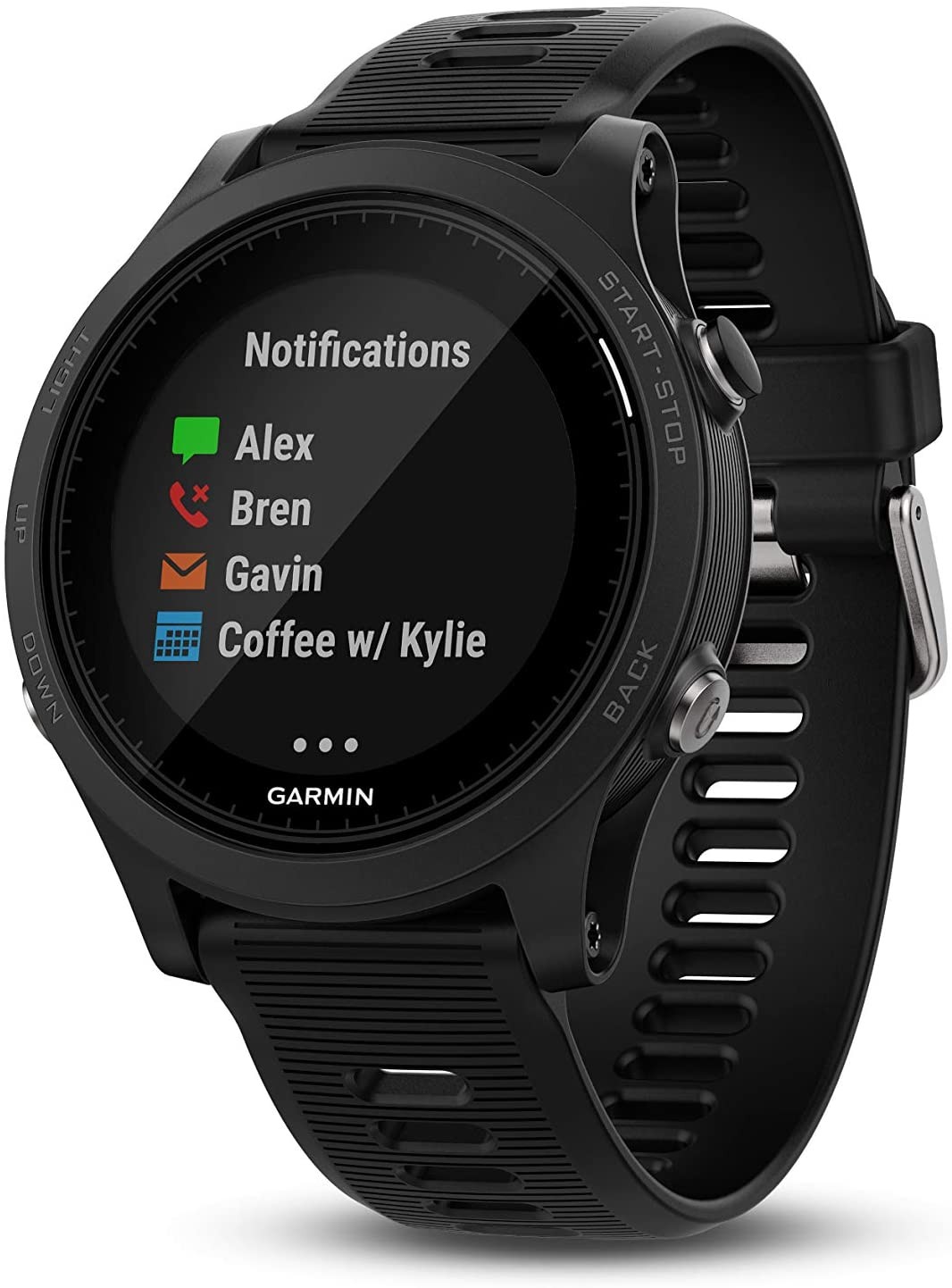

Why do people need to use a cardiac event recorder Tests such as electrocardiograms let your doctor look at your heart’s activity at rest and at one point in time. While wear the device you proceed with your normal daily activities.
Wearing a heart monitor for 30 days portable#
I avoid event monitors except when necessary (patients don’t like them and they have a lot of low-yield transmissions). A 30 day event monitor is a portable device that you wear that records your heart’s electrical activity. So, they too, would be per 30 day periods. The semi colon indicates that it carries through to the following indented procedures which includes 9322. I usually use zio, since 2 weeks of Zio is easier for patient than 2 days of Holter and is higher yield. In your CPT if you look at 93268 it indicates per 30 day period of time before the semi colon.
Wearing a heart monitor for 30 days Patch#
Also appropriate to verify (and fix) arrhythmias found on other studies.įor palpitations, unless there is something dangerous suspected, usually a 24-48 hour Holter or a patch monitor (Zio XT) is most appropriate to start with. Appropriate when short studies don’t find answers and diagnosis is desired or when arrhythmia is life threatening.

They often also fix them immediately with ablation. Invasive EP study: in the lab, the electrophysiologist attempts to provoke arrhythmias. Appropriate for arrhythmias that don’t occur frequently enough to be picked up on other devices.Ħ. Data is downloaded either during office visits or when the patient is near a home “remote monitoring” unit, which is often nightly. If pre-specified criteria are met (bradycardia, tachycardia, afib, etc) it will record pertinent parts of those episodes. Records basic information (heart rate) for months to years. Implanted loop recorder: Very small device that is implanted just under skin. Same indication as event monitor, but only lasts 14 days.ĥ. Zio AT: A 14 day Zio that has a module to transmit via cell network when criteria are met (like an event monitor). Also easier to wear because it’s an adhesive water-resistant patch.Ĥ. Same indication as Holter, but catches less frequent arrhythmias. 7-14 day patch monitor (like Zio XT): this records continuously like a Holter but lasts for up to 14 days. Appropriate for when there is a suspected life-threatening arrhythmia that you have to know about right away (not after device return) and can’t miss by having only a 48 he study (for example, asystole, 3rd degree block, VT).ģ. Usually only ordered by a cardiologist (They will literally page the ordering doctor in real-time when an event is transmitted.so you need to have someone who agrees to respond). It has pre-programmed criteria (usually fast heart rates or long pauses) for which it will periodically transmit data while the patient is still wearing it. (30 day) event monitor: This device stays active (like Holter, sticky leads on trunk) for up to 30 days and is connected to a (usually cell network) transceiver. Appropriate for frequent, non-life-threatening situations (like frequent palpitations). Afterwards, the device is returned and analyzed with results available days later. a little longer) Holter: the patient wears leads for up to 48 hours and there is continuous ecg recording for that period.


 0 kommentar(er)
0 kommentar(er)
